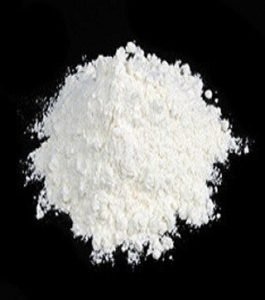Cocaine
$300.00 – $22,000.00
Cocaine
Cocaine is a powerful stimulant drug derived from the leaves of the coca plant, native to South America.
It is classified as a Schedule II-controlled substance due to its high potential for abuse and addiction.
It typically appears as a fine white powder, although it can also be found in a crystalline form known as “crack cocaine.”
Cocaine
Cocaine is a powerful stimulant drug derived from the leaves of the coca plant, native to South America.
It is classified as a Schedule II-controlled substance due to its high potential for abuse and addiction.
It typically appears as a fine white powder, although it can also be found in a crystalline form known as “crack cocaine.”
The chemical composition is benzoylmethylecgonine, with the molecular formula C17H21NO4.
It works primarily by blocking the reuptake of certain neurotransmitters, including dopamine, serotonin, and norepinephrine, in the brain.
This leads to an accumulation of these neurotransmitters in the synaptic cleft, resulting in heightened arousal, euphoria, increased energy, and a sense of confidence or invincibility.
It can be administered in various ways, including snorting, smoking (as crack cocaine), or injecting.
The route of administration affects the speed and intensity of the drug’s effects.
Snorting produces a slower onset of effects compared to smoking or injecting, but it still results in a rapid onset of euphoria and increased energy.
However, its use also carries significant risks and potential side effects.
Short-term effects can include increased heart rate, elevated blood pressure, dilated pupils, restlessness, paranoia, and decreased appetite.
Long-term use can lead to tolerance, dependence, addiction, and cardiovascular problems
(such as a heart attack or stroke), respiratory issues, neurological complications, and mental health disorders.
Because of its highly addictive nature and associated health risks, its use is illegal in most countries.
Treatment for addiction often involves a combination of behavioral therapy, counseling, support groups, and sometimes medication to manage withdrawal symptoms and cravings.
Recovery from its addiction can be challenging but is possible with the right support and treatment.

| Weight | 5g, 10g, 50g, 100g, 250g, 1000g |
|---|
Reviews
There are no reviews yet.
Related products
Hallucinogens
Hallucinogens
Hallucinogens
Hallucinogens
Hallucinogens
Hallucinogens
Hallucinogens
Hallucinogens












Be the first to review “Cocaine”